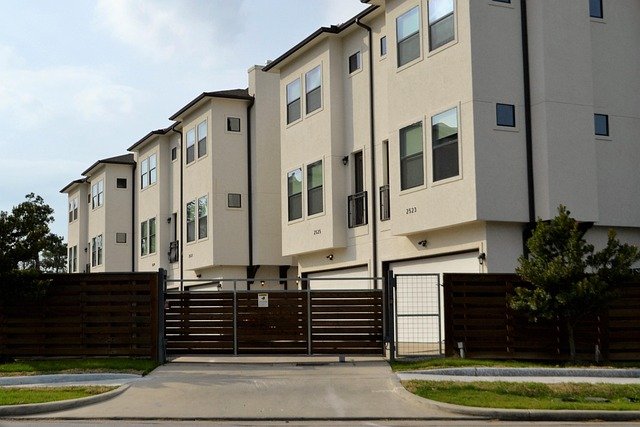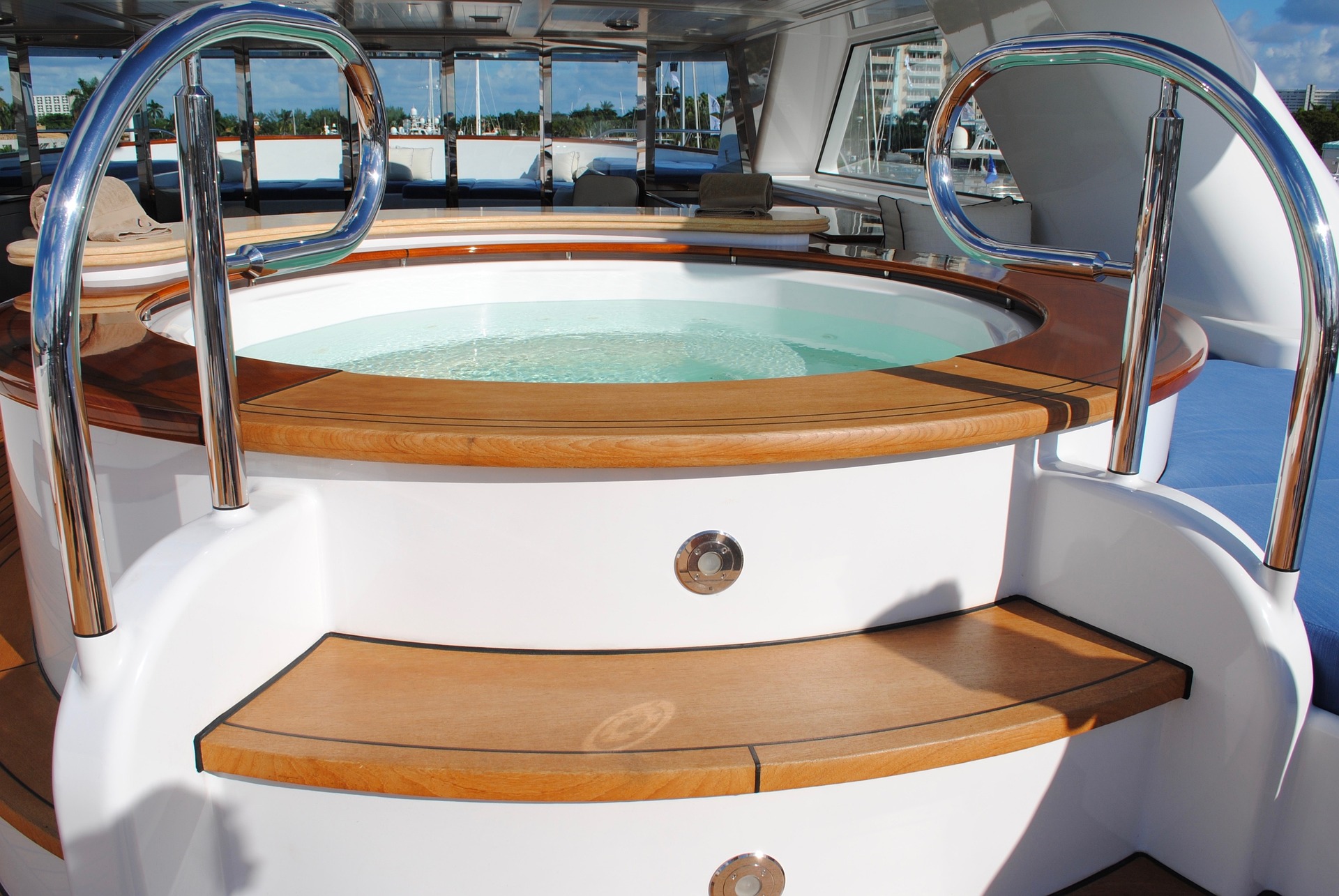Finding Your Perfect One-Bedroom Apartment: A Comprehensive Guide
Searching for a one-bedroom apartment involves weighing numerous factors to find the ideal living space that matches your lifestyle and budget. Whether you're a first-time renter, downsizing, or relocating to a new area, understanding what to look for can significantly improve your apartment hunting experience. This guide explores the essential considerations when selecting a one-bedroom apartment, from financial planning to evaluating layouts and amenities, helping you make an informed decision that meets your specific needs.

Key Factors to Compare When Selecting a One-Bedroom Apartment
When beginning your apartment search, three primary factors should guide your decision: price, location, and amenities. Price is typically the most limiting factor, so establish your budget first. Consider how location affects your daily commute, proximity to essential services, and neighborhood safety. Look at crime statistics, transportation options, and nearby amenities like grocery stores, restaurants, and parks.
Amenities vary widely between properties and can significantly impact your living experience. Basic amenities might include in-unit laundry, air conditioning, and dishwashers. More luxurious options often feature fitness centers, swimming pools, package acceptance services, and community spaces. Remember that additional amenities usually correlate with higher rent, so prioritize those you’ll actually use rather than paying for unused features. Some properties include utilities in the rent, while others require separate payments, affecting your overall monthly expenses.
How to Evaluate Apartment Layouts for Functionality and Comfort
The layout of a one-bedroom apartment can dramatically affect your comfort, especially in smaller spaces. Pay attention to the floor plan - is the bedroom separated from the living area for privacy? Is there adequate natural light? Does the kitchen have sufficient counter and cabinet space? Consider the apartment’s overall flow and whether furniture placement will be challenging due to awkwardly positioned doors or windows.
Storage space is crucial in one-bedroom units. Look for apartments with built-in closets, pantries, or storage closets. Some units offer unique features like nooks that can serve as home office spaces or built-in bookshelves. The orientation of the apartment matters too - units facing busy streets may be noisy, while ground-floor apartments might have security concerns. Always measure doorways and hallways if you have large furniture to ensure everything will fit on moving day.
Budgeting Effectively for Your One-Bedroom Apartment Rental
Creating a comprehensive budget for apartment living goes beyond the monthly rent. Begin by calculating your total monthly housing costs, including utilities (electricity, water, gas, internet), parking fees, pet rent, and amenity fees. Many property management companies require renters insurance, adding another expense. Security deposits typically equal one month’s rent, and some landlords require the first and last month’s rent upfront.
Application fees, credit check fees, and move-in fees are common one-time expenses when securing an apartment. Some buildings may also charge monthly fees for amenities like fitness centers or package services. When comparing apartments, request an itemized list of all potential fees to avoid surprises. It’s wise to budget approximately 30% of your monthly income for housing expenses, though this percentage may need adjustment in high-cost-of-living areas.
| Expense Type | Typical Monthly Cost | Notes |
|---|---|---|
| Rent | $900-$1,800 | Varies greatly by location and property type |
| Electricity | $50-$150 | Higher for larger units or extreme climates |
| Water/Sewer | $20-$60 | Sometimes included in rent |
| Internet | $40-$100 | Varies by speed and provider |
| Renters Insurance | $15-$30 | Required by many landlords |
| Parking | $0-$300 | Free in suburban areas, premium in cities |
| Pet Rent/Fee | $25-$50 | Per pet, if applicable |
| Amenity Fees | $0-$100 | Varies by property |
Prices, rates, or cost estimates mentioned in this article are based on the latest available information but may change over time. Independent research is advised before making financial decisions.
Selecting a One-Bedroom Apartment Based on Your Household Type
One-bedroom apartments serve different household types with varying needs. Singles often prioritize location near social venues, workplaces, or educational institutions. Many single renters value community amenities that facilitate social interaction or provide convenience, such as fitness centers or co-working spaces. For couples, sufficient space is crucial to prevent feeling cramped. Look for apartments with well-defined areas that allow for personal space and privacy when needed.
Small families with a young child can make a one-bedroom work temporarily with thoughtful organization. Consider apartments with alcoves or dining areas that could function as a nursery space. Regardless of household type, evaluate the kitchen size and functionality based on your cooking habits. If you work remotely, ensure there’s suitable space for a home office setup that doesn’t encroach on your relaxation areas. The right apartment should accommodate your daily routines without feeling restrictive.
Evaluating Security Features and Community Amenities
Security should be non-negotiable when selecting an apartment. Basic security features include secure entry systems, adequate exterior lighting, and solid door locks. More comprehensive security may include 24-hour doormen, security cameras, and monitored access. During tours, observe whether external doors close properly and if common areas are well-maintained and monitored.
Community amenities enhance your living experience and provide value beyond your unit’s walls. Popular community features include fitness centers, swimming pools, resident lounges, and outdoor spaces. Some properties offer package acceptance services, concierge assistance, and resident events. When evaluating these amenities, consider how they align with your lifestyle. If you work remotely, community work spaces might be valuable. If you entertain frequently, a community kitchen or lounge could extend your entertaining space beyond your apartment walls.
Navigating the Apartment Rental Process Successfully
Once you’ve identified promising apartments, prepare for the application process. Most landlords require proof of income (typically 2.5-3 times the monthly rent), credit checks, background screening, and references from previous landlords. Having documentation ready expedites the process and demonstrates organization to potential landlords.
Before signing a lease, read it thoroughly and clarify any confusing clauses. Pay special attention to rent increase policies, maintenance responsibilities, guest policies, and termination conditions. Most leases run for 12 months, though some properties offer shorter terms at premium rates or longer terms with discounts. Negotiate when possible – some landlords may be willing to adjust terms or even rent prices, especially during slow rental seasons or if they’re trying to fill vacancies quickly.
Finding the perfect one-bedroom apartment requires balancing your priorities, budget constraints, and lifestyle needs. By methodically evaluating each property against your personal checklist of must-haves and nice-to-haves, you’ll be well-equipped to make a confident decision on your next home.




